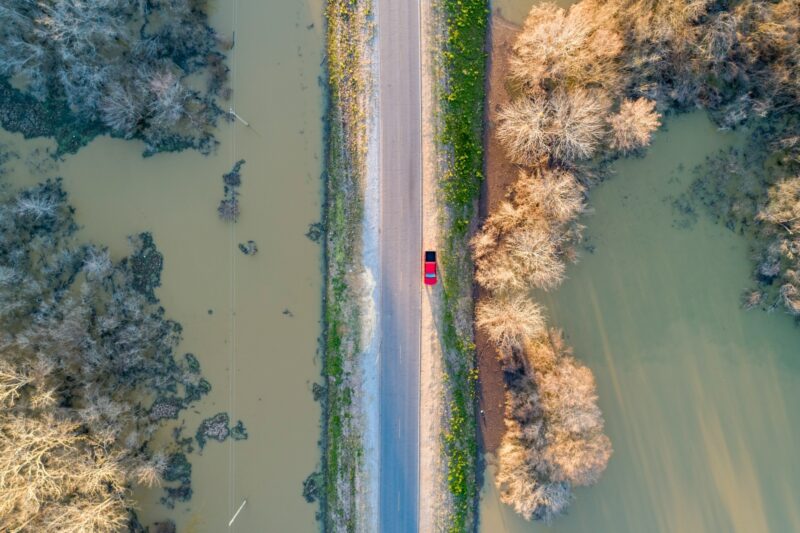US report brings warnings for island nations
The United States is already experiencing impacts of climate change across most sectors and regions and it’s likely to get worse, according to the Fourth National Climate Assessment, published in November 2018.
The authoritative report has been written by 300 expert authors from 13 Federal institutions and other agencies, sets out a grim picture of the impacts of climate change while calling for global efforts in mitigation to reduce the many risks to the US.
Share

Climate change not only directly affects the US, but non-US climate impacts are also hitting through increased import and export prices, effects on overseas US business operations and a growing need for humanitarian and disaster relief.
The report quantifies the cost of existing impacts in the US, such as the 2017 hurricane season, which cost US$250 billion in damages, the 2016 Louisiana flooding event with costs of US$10 billion and the 2015 drought with an estimated US$5 billion in costs.
The report also provides assessments of current impacts and future risks for US islands in both the Caribbean and the Pacific and recognises that these islands have high levels of exposure and vulnerability but low levels of adaptive capacity due to steep costs of both mitigation and adaptation.
The projected risks in US Caribbean islands include rising temperatures, increasing extreme events, declining freshwater availability, and deteriorating marine and coastal resources- echoing the findings of the IPCC Special Report on 1.5˚C. All of these risks will increase in the face of rising global temperatures.
The report calls for greater regional cooperation and stronger partnerships with the wider Caribbean and specifically recognises climate actions of the Caribbean Community Climate Change Centre and the Caribbean Institute for Meteorology and Hydrology, both of which Climate Analytics works closely with.
The report looks at Puerto Rico, hit hard in 2017 by Hurricane Maria, and notes that the island has had an increase in the number of days over 90˚F, with a corresponding higher incidence of stroke and cardiovascular disease which are now the primary causes of death on the island.
It specifically recognises that fishers and smallholder farmers will be particularly affected, and that these groups have low adaptive capacity.
Across in the Pacific, there are similar threats as in the Caribbean, except that these islands will face the highest rates of sea level rise on the planet- by 2100 there is a projected 1-4 feet of sea level rise (30cm – 1.2m). These challenges highlight that there is less time than previously thought to prepare for impacts.
The report projects a decline in fisheries in this region of 15% by 2050 and 50% by 2100. Climate change will also bring threats to indigenous people, their relationship to the land and traditional knowledge.
It also states that climate change is already causing migration of communities – the number of people residing in the US from the Marshall Islands has increased from 7,000 in 2000 to 22,000 in 2010.
Internal migration is already happening, and is linked to landlessness, homelessness, unemployment and food insecurity. Coastal flooding is already underway, and saltwater intrusion is impacting agriculture.
Coral bleaching is likely to become an annual event in the region before 2050, and as a result of this bleaching, Hawai’i will experience annual costs of US$1.3 billion by 2050 and US$1.9 billion by 2090.
Many of these island states, the report says, lack the technology and resources to adapt.
These insights about US islands in the Caribbean and Pacific are strikingly similar to challenges facing the many sovereign island nations in these regions and showcases their high vulnerability to climate change. The report also underscores the need for increased resources and support for these small islands to respond to the significant risks that climate change poses.
The report was released during the US’ biggest holiday weekend of the year – on the day after Thanksgiving, perhaps in an attempt to downplay its significance. Alarmingly, President Trump’s reaction to this comprehensive report and call to action was “I’ve seen some of it, it’s fine. I don’t believe it”.











